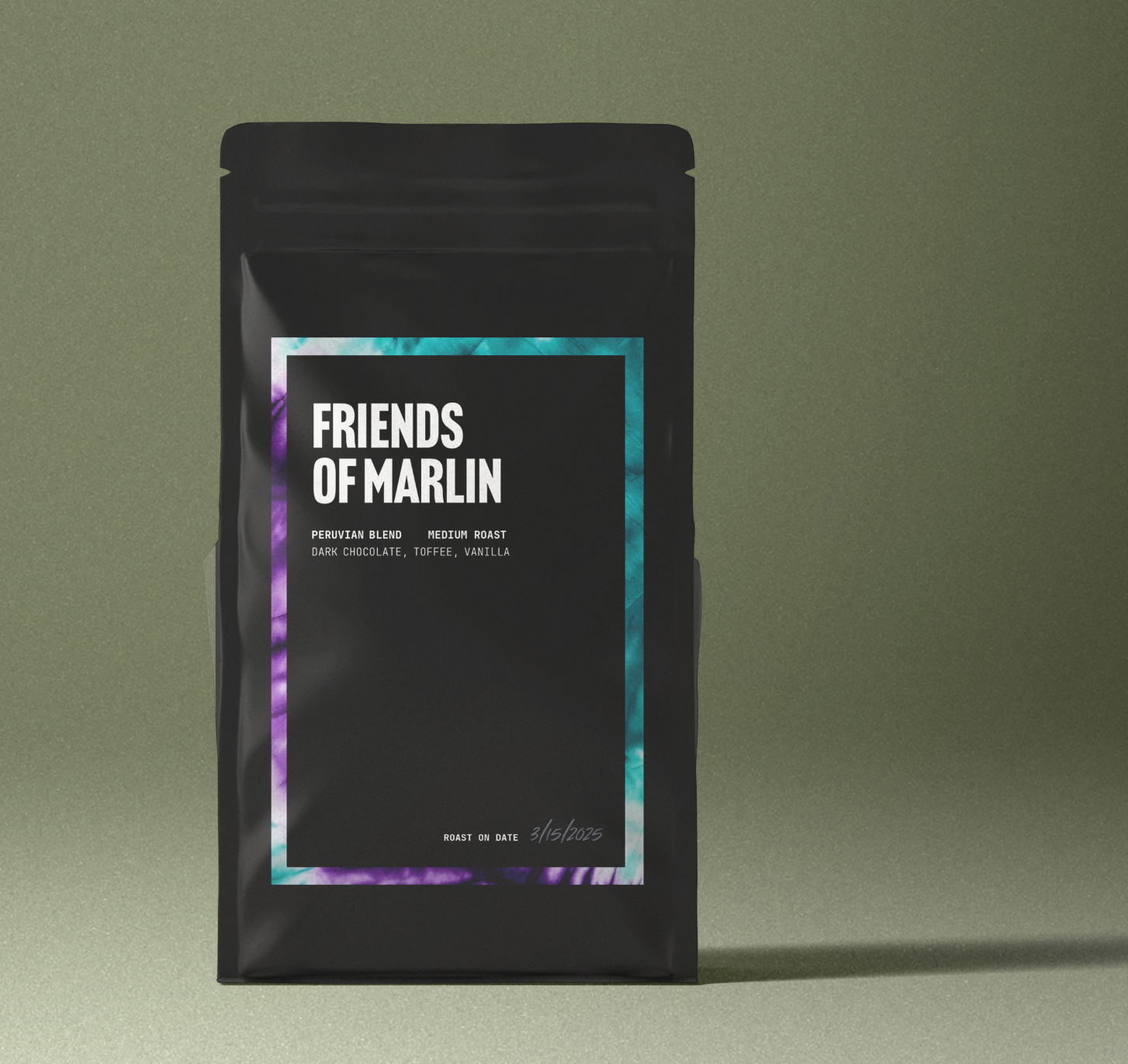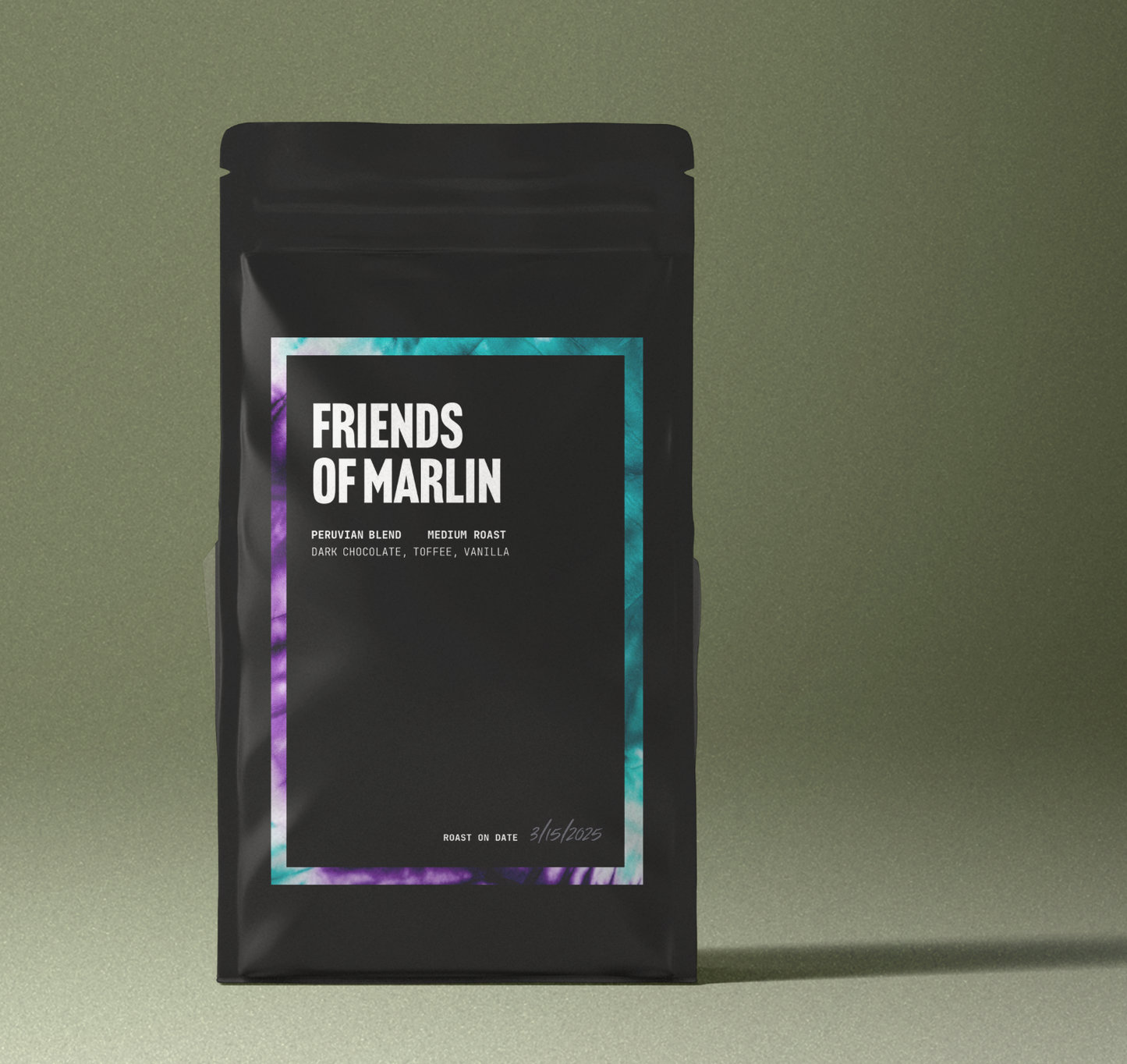
Coffee Roasting: Green Bean to Perfect Cup
Share
Coffee roasting sits at the intersection of art, science, and sensory adventure. It is the transformational stage where humble green seeds become aromatic, flavorful beans capable of producing the brew that fuels billions of mornings. While green coffee’s genetics, terroir, and processing lay the foundation, it is roasting that unlocks or obscures their potential. In this comprehensive 5,000‑word guide, we will explore the history, chemistry, craft, technology, and future of coffee roasting. Whether you are a curious home hobbyist, an aspiring professional, or simply a coffee lover wanting to understand what happens behind the roaster’s charge door, this article will equip you with the knowledge to appreciate, critique, and perhaps even try roasting yourself.
A Brief History of Coffee Roasting
Coffee’s journey from cherry to cup began in the ancient highlands of Ethiopia, where legend credits goat herder Kaldi with discovering the energizing berries. Early preparation methods likely involved lightly toasting whole cherries over open fires. By the 15th century, Sufi monasteries in Yemen were roasting and brewing coffee as a spiritual aid. Roasting spread with the drink’s popularity across the Ottoman Empire, where shallow metal pans with long handles—mabkhara—allowed merchants to roast small batches over charcoal. Europeans adopted coffee in the 17th century, and by 1670 the first commercial roasters appeared in London coffee houses.
Industrialization revolutionized the craft. In 1864, Jabez Burns patented the first self‑emptying coffee roaster in New York, a drum design that allowed continuous, more even roasting and set the template for modern machines. The late 19th and early 20th centuries saw companies like Probat (Germany) and Vittoria (Italy) refine cast‑iron drum roasters, while fluid‑bed technology—introducing hot air instead of conductive heat—emerged in the 1970s. Today’s roasters integrate infrared burners, precise thermocouples, airflow control, and software that logs every second of a roast curve, yet the fundamentals remain: apply heat, manage airflow, and listen for cracks.
Anatomy of the Green Coffee Bean
Before heat ever kisses the bean, a roaster must understand the raw material. Green coffee is a living seed composed primarily of carbohydrates (~50%), water (10–12%), proteins (~11%), lipids (~15%), and acids. Bean density, moisture content, screen size, and processing method (washed, natural, honey, anaerobic) all influence how heat penetrates. Denser, high‑altitude beans require more energy; naturally processed coffees with retained sugars brown faster. Moisture acts as an internal heat sink and pressure generator, driving physical expansion during roasting. Varietal genetics (e.g., Bourbon, Geisha, SL28) contribute characteristic flavor precursors—chlorogenic acids, sucrose, trigonelline—that the roast will transform. Meticulous green evaluation—looking for defects, measuring water activity, and cupping pre‑ship samples—sets the stage for a successful roast.
The Chemistry of Roasting
Roasting is a cascade of endothermic and exothermic reactions. Initially, beans absorb heat, causing water to evaporate during the drying phase. Around 150 °C, Maillard reactions—non‑enzymatic browning between amino acids and reducing sugars—begin to create hundreds of aroma compounds such as pyrazines and furans. Caramelization follows, breaking sucrose into caramel‑like flavors. As temperatures climb past 200 °C, pyrolysis cracks cellular walls, releasing CO₂ and volatiles that give roasted coffee its signature aroma. Lipids melt, migrating toward the surface where they carry aromatic oils. Chlorogenic acids degrade into quinic and caffeic acids, altering perceived acidity. Managing these reactions is the roaster’s core challenge: too little development yields grassy, under‑sweet cups; too much produces bitterness and smoke.
Stages of the Roast
Roasters commonly divide a roast into three macro phases: drying, browning, and development. The drying phase spans charge to roughly 160 °C, driving off free moisture and setting up uniform internal heating. In the browning phase, 160 °C to the first crack, a color change from green to cinnamon to brown is seen as Maillard chemistry accelerates. Audible first crack—around 195–205 °C—signals water vapor and CO₂ violently rupturing cell walls. Development time—from first crack to roast end—determines sweetness, body, and balance. Extending development deepens caramelization but risks “baking,” a flat, papery taste when the bean’s internal temperature plateaus. For dark roasts, the second crack (225–230 °C) marks structural collapse; oils surface, and smoke intensifies.
Roast Levels and Flavor Profiles
Light roasts (end temperatures 196–204 °C) preserve origin character: bright acidity, floral aromatics, and complex fruit notes. Scandinavian “Nordic” roasts may stop barely 30 seconds into the first crack.
Medium roasts (205–216 °C) balance origin and sugar browning, delivering chocolate, nut, and caramel alongside moderate acidity. The popular “city+” level sits here.
Medium‑dark roasts (217–224 °C) like “full city” emphasize body and bittersweet cocoa as caramelization peaks.
Dark roasts (225 °C+) such as French or Italian offer heavy body, low acidity, and smoky, roasty flavors; origin distinctions blur, but intensity suits milk‑based drinks.
Understanding how heat progression shapes flavor allows roasters to tailor profiles to consumer preference and brew method.
Equipment and Technology
Roasting machines fall into two primary categories: drum and fluid‑bed. Drum roasters rotate a perforated steel drum over gas burners or electric elements, combining conductive and convective heat. Their thermal mass provides stability, making them popular in specialty coffee.
Fluid‑bed (or air) roasters suspend beans on jets of hot air, achieving rapid, even heating and quick cooling; they are common in industrial settings and small home appliances. Hybrid designs add recirculating airflow, afterburners, or infrared elements to boost efficiency. Key instrumentation includes bean and environmental thermocouples, rate‑of‑rise (RoR) monitoring, airflow vanes, and software like Cropster or Artisan that visualize roast curves. Cooling trays with powerful fans halt reactions quickly, preserving desired flavors. Maintenance—cleaning chaff collectors, inspecting bearings, and calibrating probes—is essential for consistency and safety.
Crafting a Roast Profile
A roast profile is a time‑temperature roadmap. It begins with charge temperature—how hot the drum is when beans enter—and proceeds through turning point (minimum bean temp), drying, first crack, and drop. Roasters track RoR, aiming for a steadily declining slope that avoids flicks (sudden RoR rises) and crashes (sharp dips). The development ratio (development time ÷ total roast time) typically ranges from 15–25% for specialty light‑to‑medium roasts. Adjustments come via gas changes, airflow tweaks, and drum speed. For example, high‑density Ethiopians may benefit from a hotter charge and aggressive airflow to penetrate quickly, whereas low‑density Brazilian naturals require gentler heat to prevent scorching. Iteration—taste, adjust, log—slowly refines the curve until the cup sings.
Common Roasting Defects and How to Avoid Them
Scorching occurs when beans contact an overheated drum, producing black patches and burnt flavors; lowering charge temperature or increasing drum speed helps.
Tipping—darkened bean tips—results from excessive convective heat; reducing initial airflow mitigates it. Baking yields flat, papery cups caused by sluggish RoR in development; a well‑timed post‑first‑crack gas boost can prevent this.
Underdevelopment manifests as grassy, potato, or cereal notes when a roast is stopped too early; extending development by 30–45 seconds often cures it.
Facing (surface wrinkling) and divots (craters) indicate rapid pressure release—usually from too‑steep RoR leading into first crack.
Consistent monitoring, regular sample cupping, and equipment calibration are a roaster’s best defenses.
Cupping and Quality Control
Cupping is the standardized sensory evaluation of coffee. Roasters typically cup each production batch, brewing 8.25 g of coarsely ground coffee with 150 ml of water at 93 °C, breaking the crust after four minutes to inhale aroma, then slurping cooled coffee to assess flavor, acidity, body, aftertaste, balance, and defects. The Specialty Coffee Association (SCA) form provides a 100‑point framework; scores above 80 denote specialty grade. Beyond numerical scores, roasters look for alignment with intended flavor targets and consistency across batches. Color tracking with spectrophotometers (Agtron or ColorTrack) adds objective data. Advanced labs employ gas chromatography to quantify volatile compounds, but for most roasters, calibrated palates and honest note‑taking remain paramount.
Sustainability and Ethics in Roasting
Roasting consumes energy and emits particulate matter and volatile organic compounds (VOCs). Modern facilities mitigate environmental impact through catalytic or thermal afterburners, electric roasters powered by renewable energy, and heat‑recapture systems that preheat incoming air.
Ethical sourcing—paying premiums for quality, establishing long‑term farmer relationships, and supporting certifications like Fair Trade or Rainforest Alliance—ensures producers share in value creation. Waste reduction includes donating chaff for compost, reusing burlap sacks, and recycling packaging. Some roasters experiment with zero‑waste cafés and carbon‑offset shipping. As climate change threatens coffee production, sustainable roasting practices are not only responsible but also strategic for supply security.
Home Roasting Guide
Home roasting offers unparalleled freshness and experimentation. Entry‑level methods include shaking green beans in a stovetop popcorn popper or cast‑iron skillet; while inexpensive, these lack precise control. Electric hot‑air poppers roast 60–120 g batches in 5–7 minutes, producing bright, lightly developed profiles if airflow is unmodified. Dedicated home roasters like the Behmor 2000AB+ or Aillio Bullet R1 feature programmable profiles, smoke suppression, and real‑time data, enabling café‑quality results up to 1 kg. Safety is paramount: roasting generates smoke and chaff, so ventilate well and keep extinguishers nearby. Start with forgiving beans—washed Central Americans—log every batch, and taste relentlessly. The learning curve is steep but rewarding.
Troubleshooting and Iteration
No roast is perfect the first time. Effective troubleshooting combines sensory feedback with roast data. If a coffee tastes sour and vegetal, examine the curve: Was development ratio below 15%?Did RoR crash after first crack? Adjust by extending development and smoothing heat application. If bitterness dominates, check for excessive development or high drop temperatures. Graphing multiple roasts reveals patterns: consistently high RoR at minute four might correlate with tipping. Iteration also means adjusting green storage—aging beans lose moisture, requiring shorter drying times. Collaboration helps: cupping with peers, sharing profiles online, and attending roasting courses accelerate growth.
The Future of Coffee Roasting
Technology is reshaping roasting. Artificial intelligence models now predict optimal heat inputs based on bean metadata and desired flavor outcomes, auto‑adjusting burners in real time. Electric induction roasters reduce carbon footprints, while hydrogen burners loom as zero‑emission alternatives for larger machines. Blockchain traceability lets consumers scan a bag and view the entire roast log alongside farm data. Experimental processing—carbonic maceration, yeast inoculation—demands novel roast approaches to tame intense fermentation notes. As specialty coffee grows in producing countries, origin‑based micro‑roasters are emerging, shortening supply chains and empowering farmers to capture roasting margins locally.
Conclusion
Coffee roasting is a lifelong pursuit that rewards curiosity, patience, and a willingness to embrace both precision and intuition. Each batch offers a new opportunity to translate the latent potential of green coffee into sensory delight. By understanding the history that shaped our tools, the chemistry that drives flavor, and the craft techniques that balance heat and time, roasters—professional and home alike—can honor the labor of farmers and share extraordinary cups with the world. So preheat the drum, charge with confidence, and listen for that first crack: a universe of flavor awaits.

